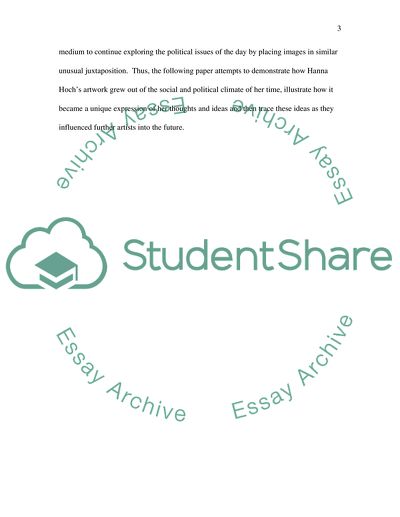Cite this document
(Collage, Photomontage and Hannah Hochs Work: Photo Montage Evolution Essay, n.d.)
Collage, Photomontage and Hannah Hochs Work: Photo Montage Evolution Essay. Retrieved from https://studentshare.org/visual-arts-film-studies/1546111-collage-and-photomontage-and-hanna-hoch
Collage, Photomontage and Hannah Hochs Work: Photo Montage Evolution Essay. Retrieved from https://studentshare.org/visual-arts-film-studies/1546111-collage-and-photomontage-and-hanna-hoch
(Collage, Photomontage and Hannah Hochs Work: Photo Montage Evolution Essay)
Collage, Photomontage and Hannah Hochs Work: Photo Montage Evolution Essay. https://studentshare.org/visual-arts-film-studies/1546111-collage-and-photomontage-and-hanna-hoch.
Collage, Photomontage and Hannah Hochs Work: Photo Montage Evolution Essay. https://studentshare.org/visual-arts-film-studies/1546111-collage-and-photomontage-and-hanna-hoch.
“Collage, Photomontage and Hannah Hochs Work: Photo Montage Evolution Essay”. https://studentshare.org/visual-arts-film-studies/1546111-collage-and-photomontage-and-hanna-hoch.


